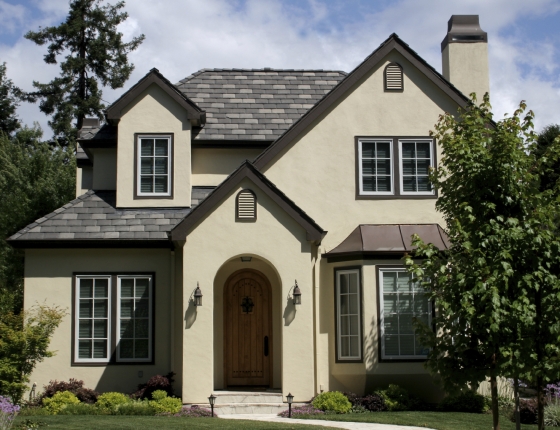This post complements our quarterly research newsletter, which features updates on CEE's research projects. Sign up to get this information in your inbox.
Minneapolis 1-4 Unit Residential Weatherization and Electrification Roadmap
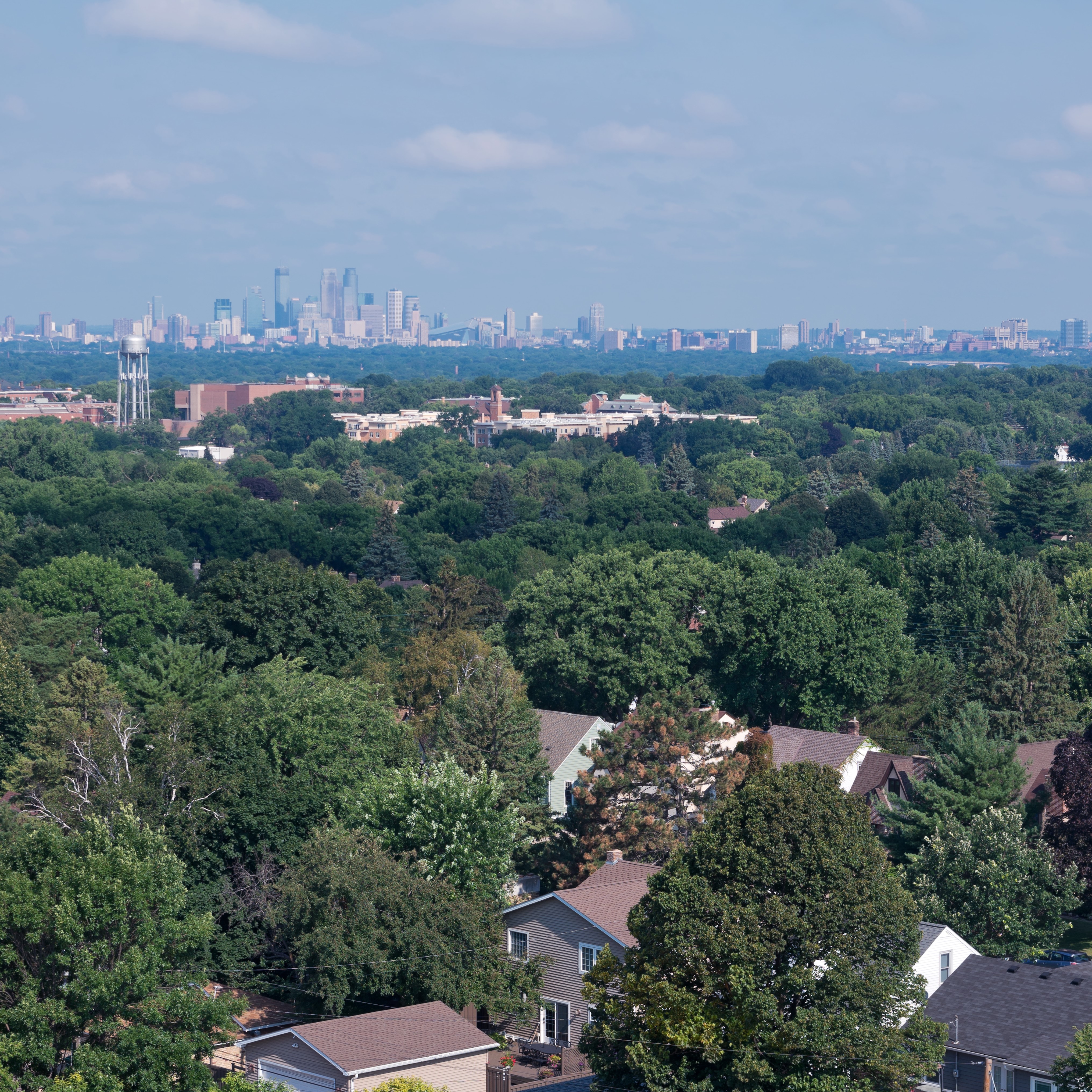 CEE’s communities and research staff recently produced an analysis showing that weatherization and electrification of 1–4 unit residential buildings is a feasible pathway to meet the City of Minneapolis’ science-based climate emissions targets. The pace of work and scale of investment will need to be significant. Whole home weatherization and electrification projects will need to increase to thousands per year to meet the City’s goals. The goals are ambitious, but CEE’s report demonstrates that they can be met by strategically targeting investment to fund high-impact and equitable projects, growing the workforce, and working with utility partners.
CEE’s communities and research staff recently produced an analysis showing that weatherization and electrification of 1–4 unit residential buildings is a feasible pathway to meet the City of Minneapolis’ science-based climate emissions targets. The pace of work and scale of investment will need to be significant. Whole home weatherization and electrification projects will need to increase to thousands per year to meet the City’s goals. The goals are ambitious, but CEE’s report demonstrates that they can be met by strategically targeting investment to fund high-impact and equitable projects, growing the workforce, and working with utility partners.
This roadmap was funded by the City of Minneapolis.
Aerosol Sealing of Existing Residences
Background: Existing residences are notoriously leaky with unintended airflow from outdoors 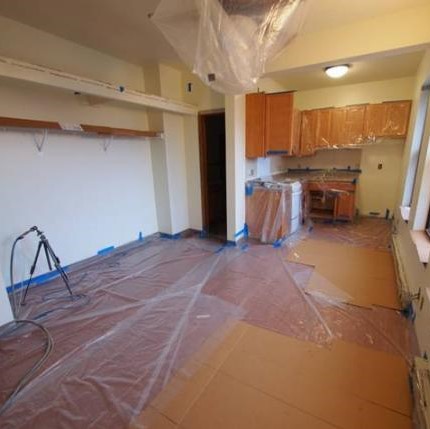 that results in additional space heating and cooling equipment loads. This project explores an aerosol sealing process that involves pressurizing an existing residence while applying an aerosol sealant fog to the building interior. The researchers will develop a best practice guide for cost-effective aerosol sealing of unoccupied, existing residences to help increase envelope tightness.
that results in additional space heating and cooling equipment loads. This project explores an aerosol sealing process that involves pressurizing an existing residence while applying an aerosol sealant fog to the building interior. The researchers will develop a best practice guide for cost-effective aerosol sealing of unoccupied, existing residences to help increase envelope tightness.
Update: This project is complete, and the project team is currently finalizing a report on its findings. For a total of 34 residences in Minnesota and California, the aerosol sealing method produced an average leakage reduction of 47%. The major challenge in this method is protecting horizontal surfaces so that sealant cannot stick to them but can still reach all leakage paths. One promising technique to address this and other complications is to apply the sealant fog in the residence through the attic. Aerobarrier has modified sealing equipment to make this technique easier to implement.
This project is supported by the U.S. Department of Energy in partnership with UC Davis.
Advanced Controls for Residential HVAC Fan
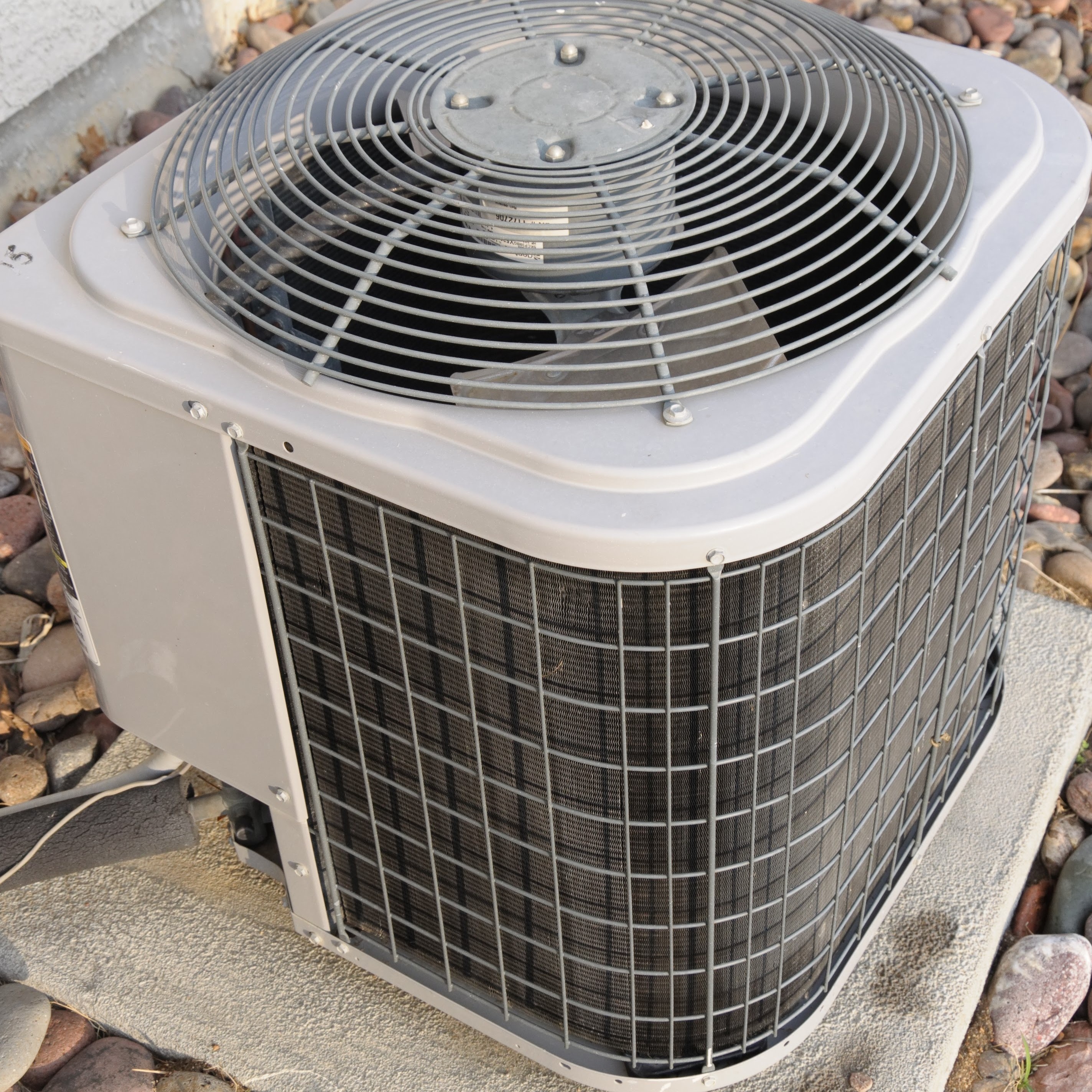 Background: Past field research in Minnesota has shown that many HVAC systems do not reach the same level of efficiency in the field that they reach under laboratory and rating conditions. This project will research the energy savings potential of a fan control device designed to reclaim HVAC losses by extending post-purge times, as well as research the market for such a product. Researchers will develop a selection and diagnostic tool and analyze monitored data from installed systems to determine the energy savings, carbon reductions, and cost-effectiveness.
Background: Past field research in Minnesota has shown that many HVAC systems do not reach the same level of efficiency in the field that they reach under laboratory and rating conditions. This project will research the energy savings potential of a fan control device designed to reclaim HVAC losses by extending post-purge times, as well as research the market for such a product. Researchers will develop a selection and diagnostic tool and analyze monitored data from installed systems to determine the energy savings, carbon reductions, and cost-effectiveness.
Update: The project team is approximately halfway through the data collection process, having completed heating season data collection with cooling season data collection upcoming. They installed the device and instrumentation at 25 sites, more sites than nearly any other field study that CEE has conducted. To process this unprecedented quantity of data, the project team established a new automated process for data management that can be replicated for other large-scale data projects in the future.
This project is supported by a grant from the Minnesota Department of Commerce, Division of Energy Resources through the Conservation Applied Research and Development (CARD) program, which is funded by Minnesota ratepayers.
Discovering Air-to-Water Heat Pumps
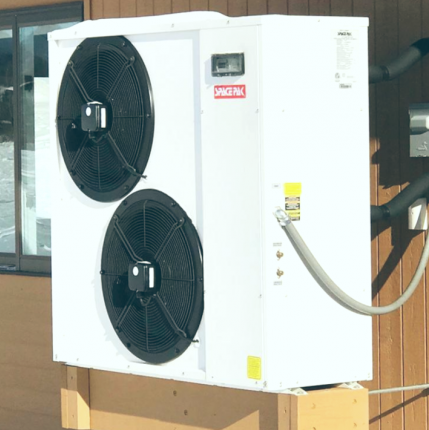 Background: An alternative heat pump technology — the air-to-water heat pump (AWHP), a new variant of an air source heat pump — uses electricity to move heat from outdoor air into indoor water. These systems are compatible with radiant heating, domestic hot water, and forced-air distribution. This project is a field study of AWHPs to characterize and evaluate their efficiency, performance, and cost-effectiveness. Field-monitored units are essential to demonstrate their promise in cold-climate applications.
Background: An alternative heat pump technology — the air-to-water heat pump (AWHP), a new variant of an air source heat pump — uses electricity to move heat from outdoor air into indoor water. These systems are compatible with radiant heating, domestic hot water, and forced-air distribution. This project is a field study of AWHPs to characterize and evaluate their efficiency, performance, and cost-effectiveness. Field-monitored units are essential to demonstrate their promise in cold-climate applications.
Update: Samantha Hill, CEE research engineer, presented an interim case study on this project at ASHRAE’s 2023 Cold Climate Conference in March. Through continuous power, flow, and temperature monitoring, the project team assessed the operational behavior and calculated system performance efficiencies for each AWHP system in the field study. While coefficient of performances (COPs) above 3 were observed, unaligned control logic between the outdoor compressor unit, indoor distribution unit, and thermostat can quickly reduce the COP by 50% or more. Optimizing system controls could deliver reliable comfort and efficiency gains that will be vital to leverage the remarkable flexibility AWHP systems may offer.
This project is supported by a grant from the Minnesota Department of Commerce, Division of Energy Resources through the Conservation Applied Research and Development (CARD) program, which is funded by Minnesota ratepayers.
